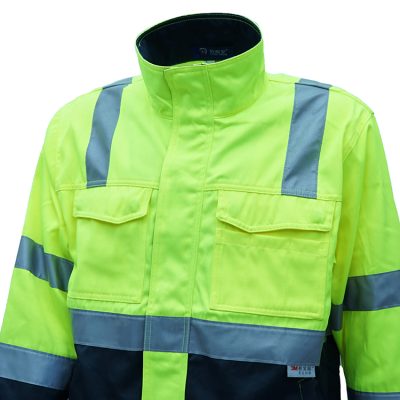In the production process or in the use process, it is necessary to prevent vulcanization of traffic lights, so as to ensure the quality of the product and prolong the service life. Sorted out the following points how to prevent the vulcanization of LED traffic lights, please see the detailed introduction below.
1. Production process
The vulcanization phenomenon in the production process mainly occurs in the die bonding and dispensing and packaging processes. The primary sources of vulcanization are silver-containing materials and silicon-based film materials. Therefore, you must be very careful to avoid vulcanization in these two links during the production process.
The method to avoid as far as possible is to not use sulfur-containing materials and fixtures and other sulfur-containing auxiliary materials and materials in the production process. The production environment of LED traffic lights is basically in a dust-free workshop, so the isolation of sulfur in the environment is required to be very high. You only need to do a good job in the production of sulfur-containing materials, fixtures, and auxiliary materials. The isolation method is general in production. Will not be easily vulcanized.
2, SMT process
The main reason is that many sulfur-containing materials will be encountered during the SMT process. For example, during the inspection process, it is often found that there are sulfur elements in the PCB board, solder paste, washing water, and other filling glues, and during the SMT operation process These materials will enter the reflow oven together with the led traffic lights. After reflowing for a period of time, we found that the silver-plated part of the bracket has blackened. In fact, this is mainly because sulfur-containing substances enter the traffic lights during the reflow process. Cause the silver to be vulcanized and the product to fail.
In view of the fact that sulfur is more vivid in high temperature environments-so in SMT operation, we can all pre-pass the PCB board through a high temperature reflow oven and then do a surface cleaning treatment to reduce the sulfur content on the surface of the PCB board. If the process does not allow it, the PCB surface can be cleaned directly before SMT. However, it should be noted that after the reflow is completed, the surface of the product must be cleaned once. After cleaning the board surface and the solder joints, the probability of the LED traffic signal vulcanization is reduced. .
3. Application process
Generally speaking, all of us should avoid being polluted by substances containing sulfur in the process of use, because only in this way can it prolong its service life.
The three points mentioned in the article, we hope that we will prevent the vulcanization of LED traffic lights whether it is in production, SMT process or in use.
























